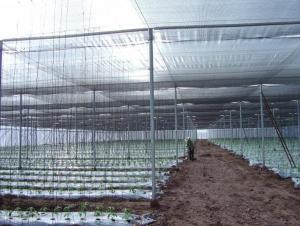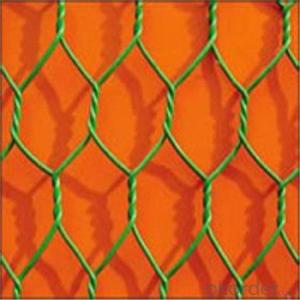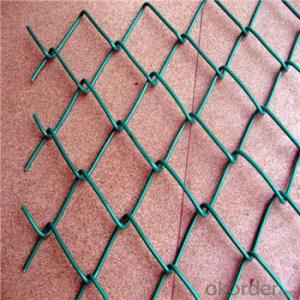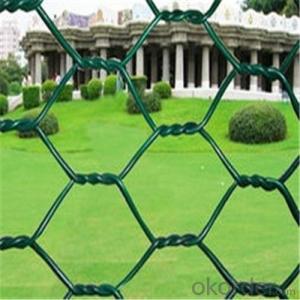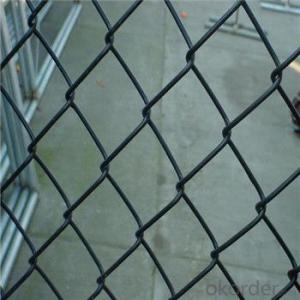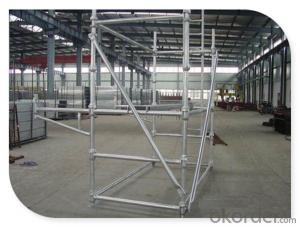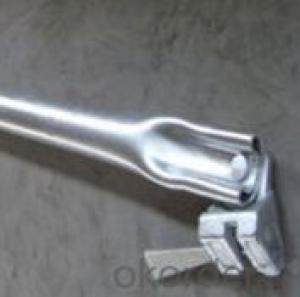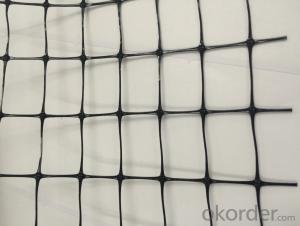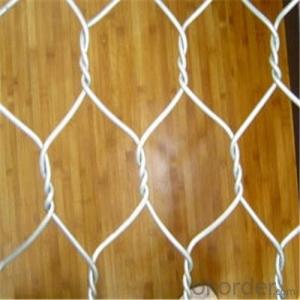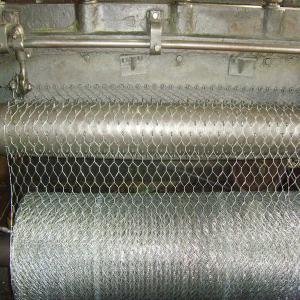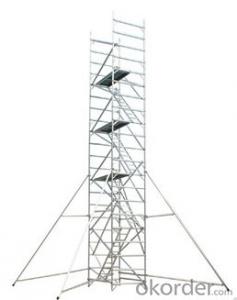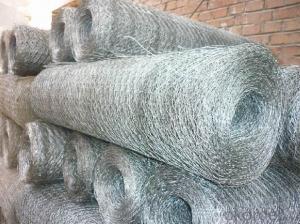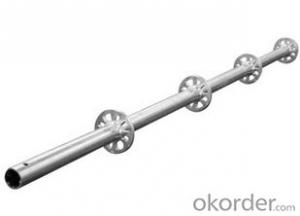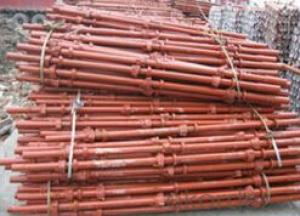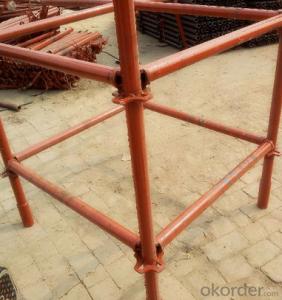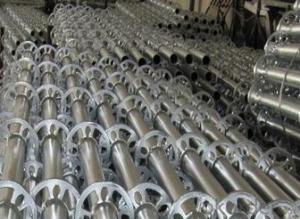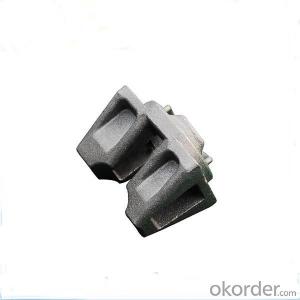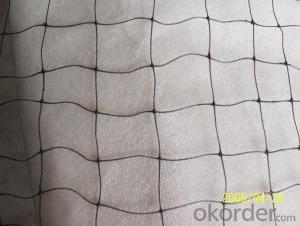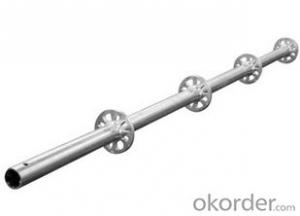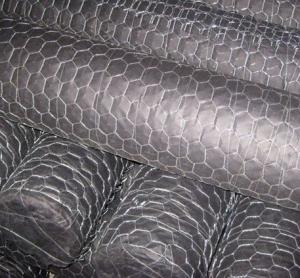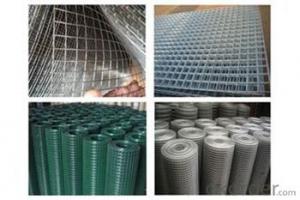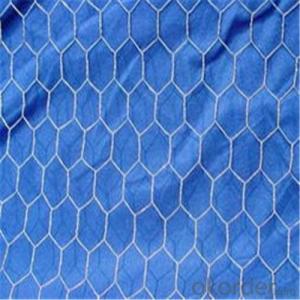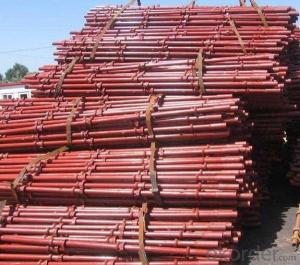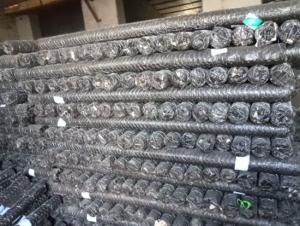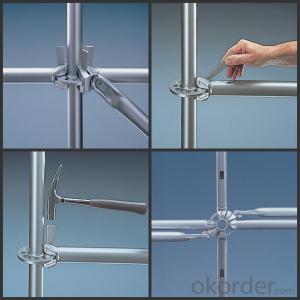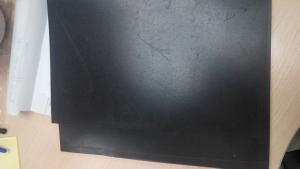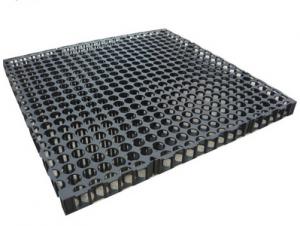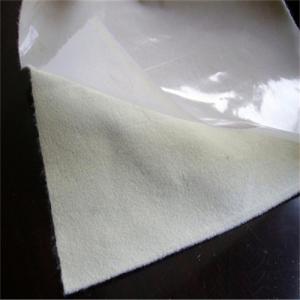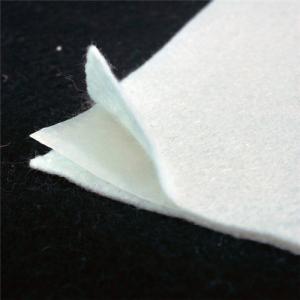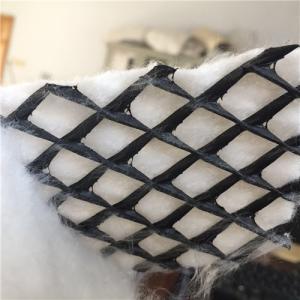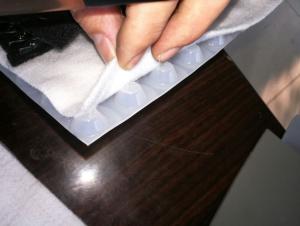Scaffold Netting
Scaffold Netting Related Searches
Chicken Wire Stainless Steel Aluminium Modelling Mesh Plastic Garden Netting Uk Plastic Safety Netting Rigid Plastic Netting Plastic Deer Netting Raschel Mesh Poly Tube Netting Barrier Fence Netting Protective NettingHot Searches
Sun Chairs For Sale Garden Slabs Sale Garden Bench Sale Wire Netting Prices Garden Supply Company Catalog Local Garden Supply Stores Shade Netting Manufacturers South Africa Agricultural Netting Suppliers Used Electrical Wire For Sale Watch The Wire Online Season 4 Watch The Wire Free Online Watch The Wire Remastered Online Used Hotel Furniture Online Wire Netting Prices Wire App Store Shade Netting Manufacturers South Africa Agricultural Netting Suppliers Aluminium Wire Mesh Manufacturers India Wire Netting Prices Lighting Supplier SingaporeScaffold Netting Supplier & Manufacturer from China
Okorder.com is a professional Scaffold Netting supplier & manufacturer, offers integrated one-stop services including real-time quoting and online cargo tracking. We are funded by CNBM Group, a Fortune 500 enterprise and the largest Scaffold Netting firm in China.Hot Products
FAQ
- Geosynthetic panels can be used in dam rehabilitation projects as a cost-effective and efficient solution for reinforcing and stabilizing the dam structure. These panels are often installed as a lining system on the upstream face of the dam to improve its resistance to seepage and erosion. Additionally, they can be used to reduce the potential for internal erosion and piping within the dam by providing a barrier against water flow. By integrating geosynthetic panels into dam rehabilitation projects, the overall safety and performance of the dam can be significantly enhanced.
- The purpose of using geocomposites in subsurface irrigation systems is to improve the efficiency and effectiveness of water distribution. Geocomposites help to evenly distribute water underground, preventing water wastage and reducing the risk of over-watering. They also help to control weed growth, minimize soil erosion, and promote healthier plant growth by maintaining optimal soil moisture levels. Additionally, geocomposites can extend the lifespan of subsurface irrigation systems by preventing clogging and reducing maintenance requirements.
- Briefly describe the technical requirements of civil engineering for the use of its building materials and explain its reasons
- As the pavement material, asphalt mixture, wear resistance, tensile strength, high temperature stability and durability, etc .; as the roof Waterproof material, the need for tensile strength, elongation at break, low temperature flexibility, impermeability, anti-aging properties
- Geogrids help in railway track stabilization by providing reinforcement and confinement to the track structure. They are placed beneath the track bed and act as a stabilizing layer, distributing the load evenly and preventing the track from shifting or deforming. Geogrids also enhance the overall strength and durability of the track, reducing maintenance needs and increasing its lifespan.
- Yes, concrete pipes can be used for drainage systems. Concrete pipes are commonly used for underground drainage systems as they are durable, resistant to corrosion, and can handle the flow of water efficiently.
- Retaining walls are used in earthwork to provide structural support and prevent soil erosion by holding back or retaining soil on one side. They are particularly useful in situations where there is a significant change in elevation or slope, as they help to create level surfaces and prevent the collapse or sliding of soil. Additionally, retaining walls can be used to create terraced areas for landscaping or to maximize usable space in hilly or sloped landscapes.
- Culverts are essential components of earthwork projects as they help in managing water flow and drainage. They allow water to pass under roads, embankments, or other structures, preventing erosion and maintaining the stability of the overall project. By providing a means for water to be channeled away from the construction area, culverts ensure the longevity and effectiveness of earthwork projects.
- Yes, geocells can be used for load support in parking areas. Geocells are three-dimensional honeycomb-like structures made of high-density polyethylene (HDPE) that can be filled with compacted materials such as soil, sand, or gravel. When installed and filled, geocells provide a strong and stable base for parking areas, distributing the load and preventing the settling of the surface. This helps to increase the load-bearing capacity and durability of the parking area, making it suitable for heavy vehicle traffic.
